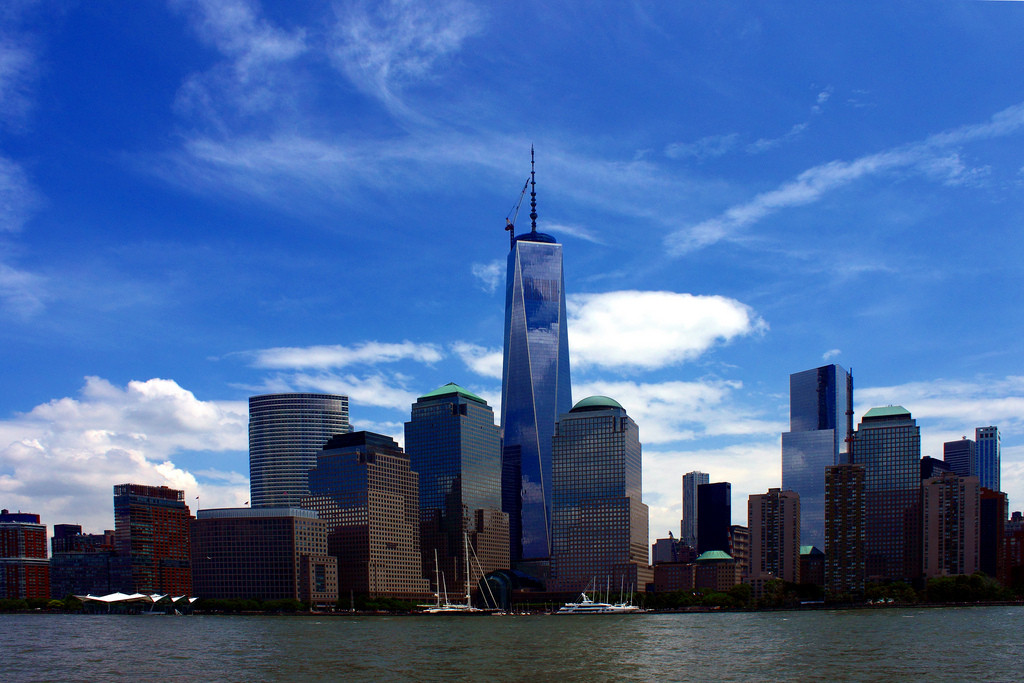
While the Eiffel Tower was negatively received at first for its utilitarian appearance, it soon became a major attraction for Paris, France in the late 19th century. It represented structural ingenuity and innovation and soon became a major feat, rising to 300 meters of7,500 tons of steel and iron. Just three years after its unveiling, London sponsored a competition for its own version of the tower in 1890. The Tower Company, Limited collected 68 designs, all variations of the design of the Eiffel Tower. Proposals were submitted from the United States, Canada, Germany, Sweden, Italy, Austria, Turkey and Australia. Many of the designs are bizarre interpretations of utilitarian structures, following the aesthetics of the Eiffel Tower, only bigger and taller.
Join us after the break for more on the story of the Tower of London.






















